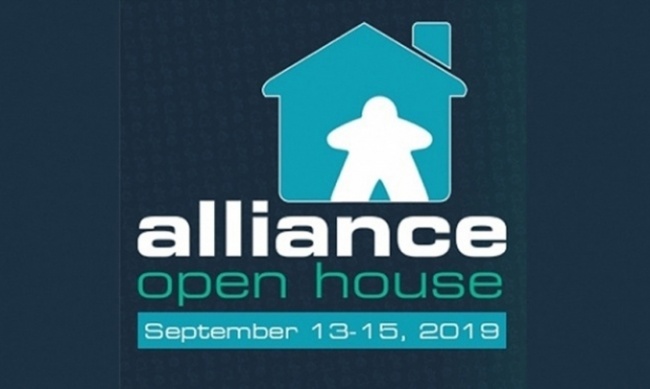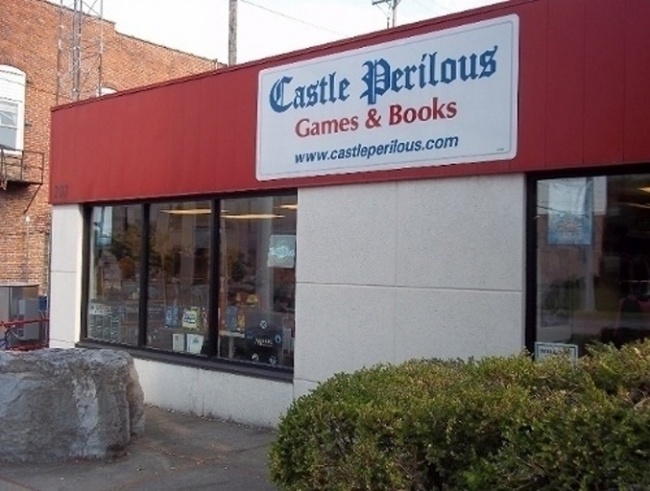Rolling for Initiative is a weekly column by Scott Thorne, PhD, owner of Castle Perilous Games & Books in Carbondale, Illinois and instructor in marketing at Southeast Missouri State University. This week, Thorne wraps up his analysis of the trends in the Game Industry from this year's Alliance Open House.
It's time to bring an end to this series of columns on trends in the Industry. The final two trends in the Game Industry I've noticed, especially in the past year or so, are as follows:
Premium Game Stores. Borrowing Wizards of the Coast’s term for their designated top-tier stores, the quality of presentation inside game stores has drastically improved over the past several years. Most stores opening today have wood or other high quality flooring, custom built or standardized shelving and display cases, and professionally produced signage and framed posters. Gone, for the most part are chipped vinyl or stained carpets, posters taped to the windows and cracked display cases. Within the past five years, I remember going into a store fixtured with shelving made from concrete blocks and 2” x 8” pieces of lumber while milk crates also often served as display units. No store I've seen open in the past five years has found it necessary to cobble together fixtures. Although the fixtures might be hand-built, they are constructed to exacting standards.
While WotC has certainly encouraged this trend, many stores have already forged ahead and could gain “Premium” status with little or no additional work (see "Rolling For Initiative -- Wizards Puts Its Money Where Its Mouth Is and Other Trends"). There are dozens more that I would consider “Premium” even if they do not, for one reason or another, meet WotC standards. Although the “wheel of retailing” concept indicates that beginning game stores enter the market with used fixtures and less desirable retail space, it is certainly reassuring for the further end of the retail tier to see well capitalized stores that are able to afford higher quality fixturing and more desirable locations entering the market.
Game Pricing Shift. It appears that board game prices have started shifting towards the lower end of the market after several years of what looked like inexorable price creep upwards. Most of the new games featured at the Alliance Open House had a price point of $49.99 or less, with a large number of them coming in between $19.99 and $29.99. No publisher, at least not that I recall, spent time promoting games with a higher price point.
I expect to see a greater dichotomy between lower-end and higher-end games with lower-priced games from established publishers coming directly into distribution, all-the-while still producing higher-priced games. Games coming into the market from first time publishers will utilize Kickstarter or some other crowd-sourcing platform as a source of financing. In fact, it mildly amused me to hear some publishers, during their presentations, specifically state, as a selling point for their company, that they did not use Kickstarter as a source of funding for production runs. I think, as time progresses, we will see the production of higher priced, higher quality (in terms of components, not rules) games moving more to Kickstarter in order to satisfy the comparatively small market that certainly exists for those games while we see growth in both supply and demand of lower priced games that still prove superior in terms of gameplay if not components as well.
Wow, that’s a lot more trends than I originally thought I had spotted. Given that they are overall positive, the future of our industry appears pretty positive (as long as we don’t get hit badly with tariffs). What do you think? Feedback welcome at castleperilousgames@gmail.com.
The opinions expressed in this column are solely those of the writer, and do not necessarily reflect the views of the editorial staff of ICv2.com.

Column by Scott Thorne
Posted by Scott Thorne on October 6, 2019 @ 11:32 pm CT



